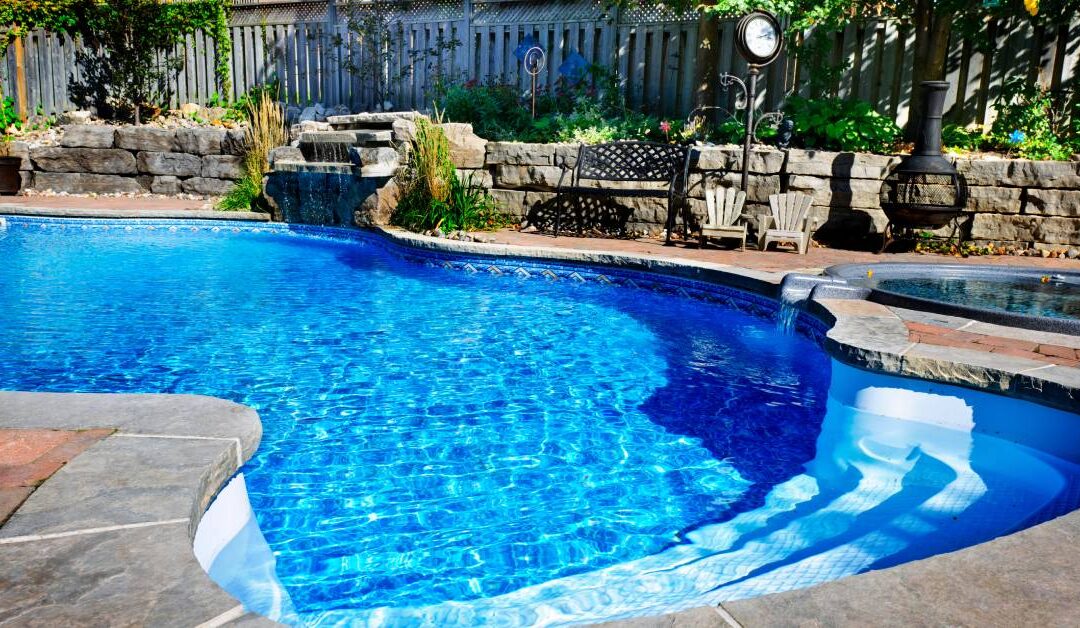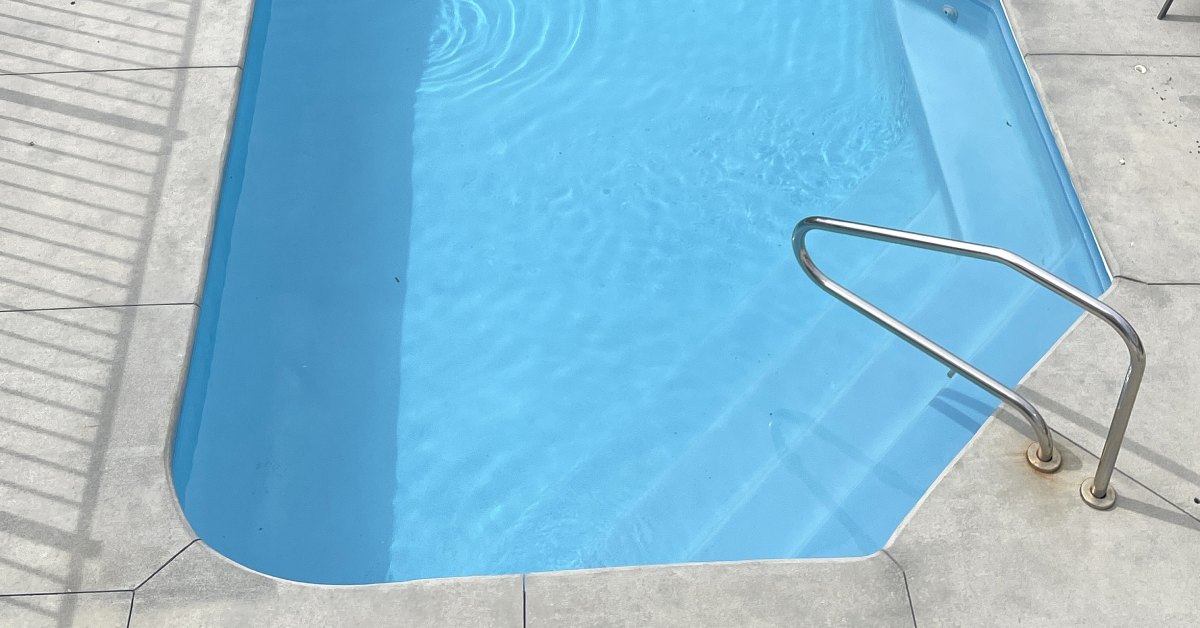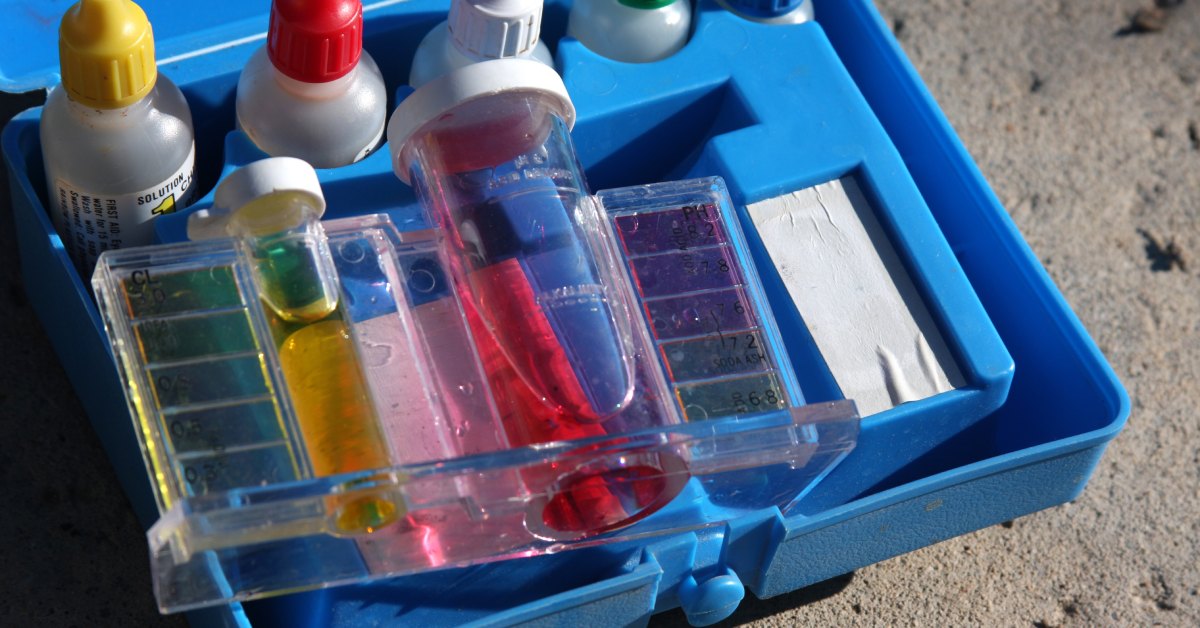A concrete pool shell and pool deck create a safe and beautiful structure for relaxation and recreation. However, despite its robust construction, concrete can develop cracks over time. Explore the importance of timely pool deck crack repair for maintaining the safety, functionality, and longevity of your pool area.
Upholding Safety
Repairing cracks protects everyone who uses the pool area. Unchecked cracks can create tripping hazards, increasing the risk of falls and injuries. Additionally, water on the concrete can make the surface more slippery and increase the likelihood of falls. Falling can cause physical harm that ranges from minor bruises to severe head injuries, and falling into the water can pose a drowning risk.
Addressing cracks also reduces the likelihood of other accidents. For instance, sharp edges or uneven surfaces can cause cuts or scrapes. By repairing these imperfections quickly, you create a safer environment for all pool users, allowing them to enjoy the space without worry.
Preventing Water Seepage
One of the most significant risks associated with cracked pool decks is water seepage. Cracks allow water to penetrate the surface, reaching the underlying structure. Over time, this moisture can cause substantial damage, weakening the foundation and potentially leading to costly repairs.
Water seepage due to cracked concrete can cause the following problems:
- Structural damage: When water penetrates the concrete, it can compromise the integrity of the pool shell and surrounding areas.
- Leakage and water loss: Water loss may necessitate frequent refilling, potentially increasing water bills.
- Algae and mold growth: Excess moisture from water seepage can create a conducive environment for algae and mold growth on the pool surface, leading to aesthetic concerns and potential health hazards.
- Chemical imbalance: Water seepage can dilute pool chemicals, affecting water balance and sanitation levels and requiring more frequent chemical adjustments.
Timely crack repair helps prevent water infiltration, preserving the integrity of the pool deck. By addressing the cause of the cracks and sealing them, pool owners minimize the risk of water seepage and avoid the extensive costs and complications that can arise from neglected repairs. This proactive approach also ensures the longevity of the pool area.
Preserving Structural Integrity
Timely repair of cracks in the pool deck is necessary for keeping the pool structurally sound. Without intervention, cracks can expand and deepen, compromising the stability of the entire pool area. This deterioration can lead to more severe issues, such as shifting or sinking sections of the deck.
If your pool is shifting, seek professional assistance from a concrete repair specialist to assess the extent of the movement and determine the underlying causes. Depending on the severity of the shifting, remediation measures may include stabilizing the pool structure, addressing drainage issues, and potentially undertaking structural repairs to prevent further movement and ensure the safety and integrity of the pool.
URETEK’s pool deck repair service involves injecting structural-grade polyurethane foam into the supportive soil beneath the concrete. As the polyurethane expands, it fills voids and reinforces the soil, stabilizing the concrete long-term. Our team employs advanced equipment to ensure precise application of the foam, which cures quickly, allowing for minimal disruption to your pool area.
Causes of Concrete Deck Damage
Understanding the causes of cracks in a concrete pool deck is vital for effective prevention and repair. By identifying underlying issues, repair specialists can implement targeted solutions that address existing damage and minimize the likelihood of future cracking.
Freeze-Thaw Cycles
Freeze-thaw cycles can significantly contribute to the formation of cracks in concrete pool decks. During cold weather, moisture trapped in the pores of the concrete freezes and expands, exerting pressure on the surrounding material. When the ice thaws, it leaves behind gaps that weaken the structure, leading to the development of cracks over time.
Settling or Shifting Ground
Settling or shifting ground is another common cause of damage to concrete pool decks. As the soil beneath settles or shifts due to factors like heavy rainfall or changes in moisture levels, it can create uneven surfaces. Addressing ground stability issues not only helps prevent future deck damage but also ensures that your pool area remains safe and functional.
Chemical Exposure
Chemical exposure can weaken concrete pool decks. Common pool chemicals, such as chlorine and acid, can degrade the surface of the concrete over time, leading to cracks and spalling. Without remediation, these issues can compromise safety, increase maintenance costs, and shorten the pool deck’s lifespan.
Heavy Usage
Over time, regular use of the pool area can result in cracking, chipping, and surface abrasion. The weight of outdoor furniture and equipment puts pressure on the concrete and can cause cracking and uneven settling. As people walk, run, or jump on the pool deck, the repetitive impact can weaken the material, particularly if the surface wasn’t adequately prepared to begin with or is already compromised. Additionally, the combination of moisture from splashes and the heat generated by the sun can exacerbate issues, leading to a higher risk of cracking.
Fixing Cracked Concrete With Polyurethane Injections
Polyurethane foam injections, a method offered by URETEK, provide an innovative solution for repairing cracked concrete pool decks. This process involves injecting a specialized foam beneath the cracked areas to lift and stabilize the concrete. As the polyurethane expands, it displaces and compacts the surrounding soil, creating a stable base and lifting sunken concrete surfaces to a more level position. This technique addresses underlying issues related to settling or shifting ground, providing long-lasting stability.
Here are the benefits of URETEK’s polyurethane foam injections for cracked concrete pool decks:
- Fills voids: The foam expands to fill gaps in the soil beneath the concrete surface, ensuring a solid foundation.
- Lifts and levels: Polyurethane foam effectively raises sunken or uneven sections of the pool deck.
- Restores integrity: The foam strengthens the overall structure of the concrete, reducing the likelihood of future cracking.
- Quick curing: The foam cures to 90 percent strength in 15 minutes, minimizing downtime and allowing for immediate use of the pool area.
- Addresses underlying issues: Polyurethane foam helps resolve problems related to settling or shifting ground, providing long-term stability.
- Long-lasting polymer: The hydrophobic polyurethane foam resists water, making it a long-lasting, reliable material for concrete pool deck repair.
- Cost-effective: The foam offers a budget-friendly solution compared to traditional repair methods that may require extensive excavation or replacement.
- Non-invasive repair: Technicians apply the foam directly through small, drilled holes in the concrete, eliminating the need for expensive and disruptive excavation.
Addressing the cause of cracked concrete maintains safety, prevents more damage, and preserves the structural integrity of the pool shell and deck. Polyurethane foam injections improve the stability of concrete structures and the quality of load-bearing soil. With URETEK’s patented hydrophobic polymer, pool owners can restore the safety, functionality, and beauty of their pools.



